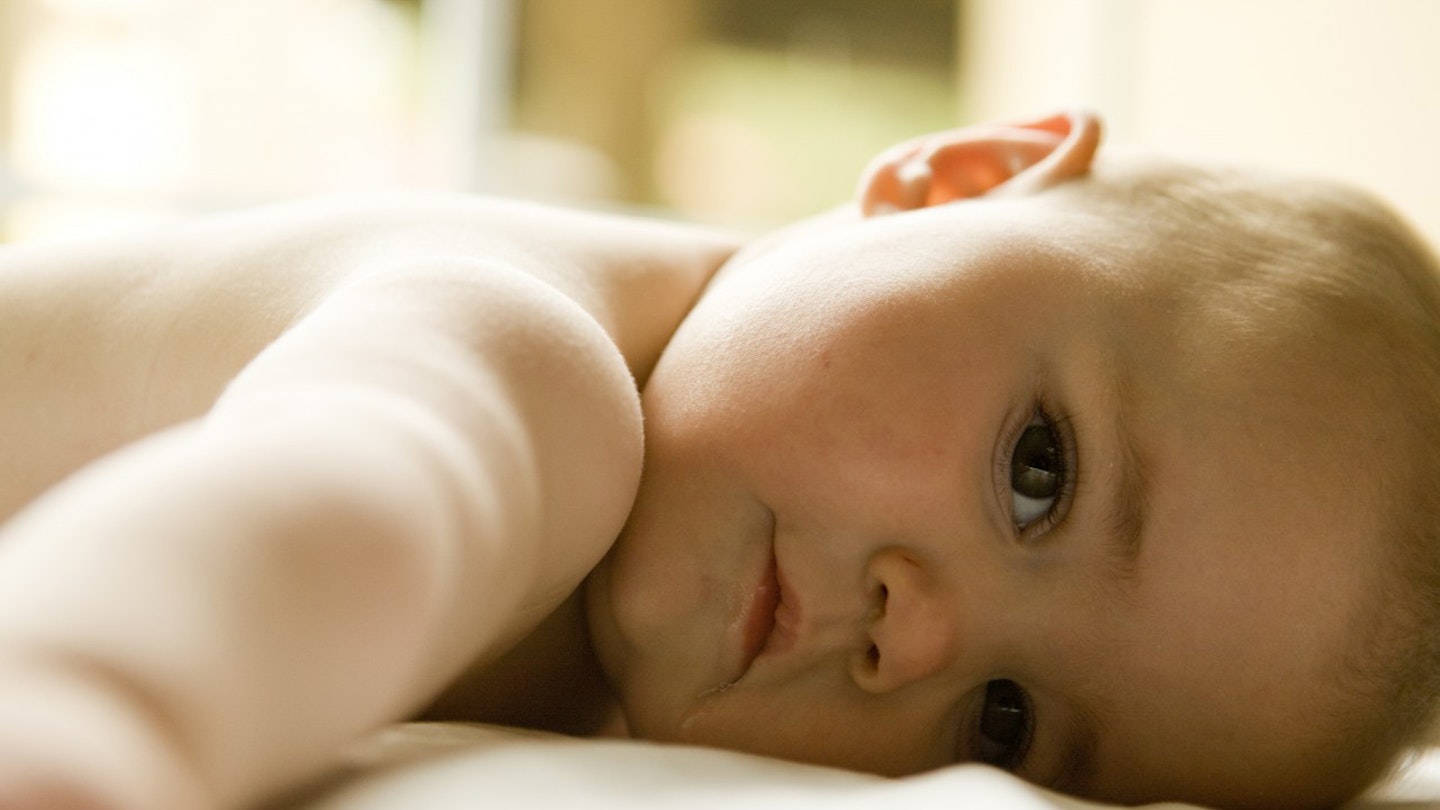Her diet is changing, she’s grabbing everything in sight… and putting it in her mouth. The next three months can be challenging when it comes to her skin but there’s always plenty you can do to make it easier
At this point in your baby’s life, she’s going to be sitting up, eating solids and starting to move around in a clumsy roly-poly way.
It’s beyond cute to see her growing up, but you’ll need to watch everything that she touches and puts into her mouth – this is the cause of so many baby skin problems.
Coping with nappy rash
You’ll be familiar with nappy rash. But now she’s weaning it can be a lot nastier because of a more frequent bowel movements.
‘Never leave your baby in a soiled nappy,’ says midwife and neonatal skincare advisor Sharon Trotter. ‘Wash her bottom and genitalia frequently and use a thin layer of barrier cream. Choose a cream that doesn't contain any preservatives, colours, perfumes or antisepticsand is clinically proven to be effective in the treatment of nappy rash.
It’s also a good idea to keep a diary and see which foods irritate your baby’s stomach.
Extend and enjoy bath time
Your baby will be enjoying bath time a lot now as she’ll be splashing around and playing with the water. So, you can increase the length of her baths slightly and use bubbles to entertain her.
‘You can use bath products for a baby between six and nine months old,’ says Sharon. ‘But make sure that they are free from sulphates (SLS and SLES), parabens, phthalates, artificial colours and perfumes.’
All should be listed on the ingredients panel if present.
Take care to wash the genital areas thoroughly and dry your little one really well after to avoid any dry patches of skin forming.
Combating dry skin
If dry skin areas do crop up, you can treat them easily and safely with a simple homemade remedy.
'Fill a sock with porridge oats (blitzed in a food processor) then tie up the sock and add to bathwater or hold under warm running water. This will turn the water milky and is great for soothing dry skin – for you and your baby,' says Sharon.
Treating eczema
At six months old, you may start seeing signs of eczema – tiny red bumps on the cheeks and scalp that swell when scratched. Atopic eczema is the most common and is closely associated with being susceptible to asthma, hay fever and related allergies.
It can be very itchy which can lead to your baby’s skin becoming inflamed or even infected. This can be treated with soap substitutes, steroid creams and sometimes antihistamines, if the cause is an allergy.
